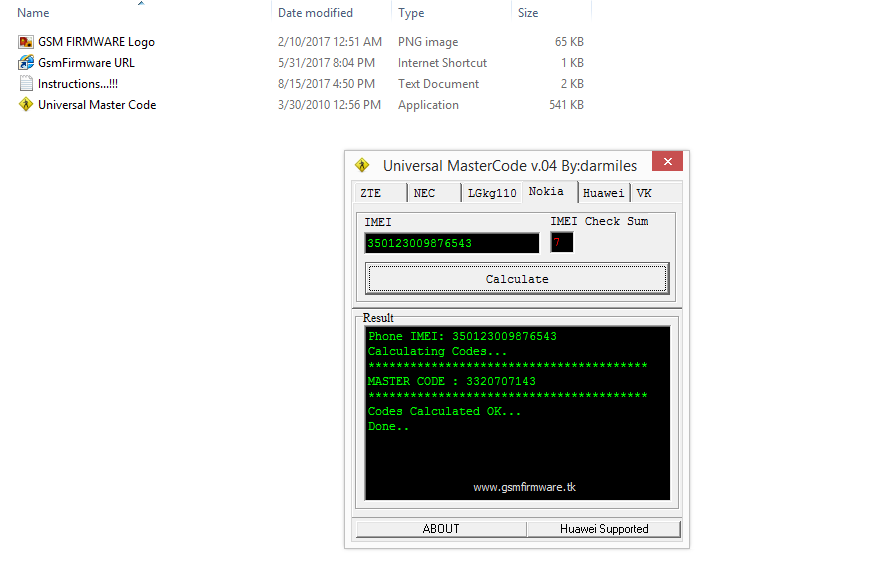

This is the main reason why Dropbear is being used as the SSH server combined with BusyBox to provide the shell and basic utilities.Īll provided steps require root access. Now if we could somehow run a SSH server in initramfs and make it accessible via network, one could remotely connect to it to unlock root partition.Īs initramfs runs in memory, we are somewhat limited in the size and complexity of the running programs.

The kernel loads initramfs image, inside this image are the required files/modules/scripts for decrypting/mounting root. ubuntu-vg-swap_1 is the swap partition.sda5_crypt is the virtual crypt partition after unlocking (which uses LVM).sda2 marks the start of the logical partitions.Our overall setup would be something like this: NAME FSTYPE
#Multi unlock server password#
You will be prompted for the LUKS password after reboot to unlock the disk:


#Multi unlock server install#
Since There is no other OS on this system, it’s safe to install GRUB boot loader: The default is to make a single partition the size of the HDD:Ĭonfirm the partition setup and continue with the installation: For advanced setups, you can use only a percentage of the available space and create more partitions later on (And all of them would be automatically encrypted). Setup a strong passphrase for LUKS and confirm it:ĭecide on how much of the disk space you want to dedicate to the root partition. In the next window, take extreme care to select the right HDD in case you have multiple ones:Ĭonfirm changing the partition scheme to LVM if it was asked for: The disk might need to be unmounted first:Ĭhoose Guided - use entire disk and setup encrypted LVM option: We are going to use LVM inside the LUKS container, it is not only supported, but the recommended way as we could also make use of advanced LVM functionalities later on.įollow the installation until you reach the disk partitioning section: The script will attempt to logoff the user.These steps would completely remove any leftover partitions and their associated data on the drive without the possibility to recover. Write-Host "$($Username) is logged on $($Server) with ID: $($sessionID). If ($sessionID -AND $sessionID -NotLike "*rdp*" -AND $sessionID -ne "console") #If sessionsID exists, write it to console and to the output file but exclude any live RDP connection or console (ie: rdp-tcp#1) $sessionID = ((cmd /c quser /server:$server "2>NUL"| ? ) -split ' +') #Get server session ID if $username is logged on - cmd /c is needed for the 2>NUL to avoid quser to write "No User exists for *" when nobody is logged on a server. $ping = Test-Connection $Server -Count 1 -EA Silentlycontinue #Start a foreach cycle which will go through each Server in the ServerList $serverList=(Get-ADComputer -Filter ('(OperatingSystem -Like "*SERVER*") -AND (Enabled -Eq "True")') | select-object Name).Name #Get all Servers' names in the Domain that are not enabled. #The username to check against each serverĪdd-Content -Path $csvOutput -Value "Hostname,SessionID" Since the previous script has done all of the work, all we need to do will be: csv file composed of two columns per row: the hostname and the session ID of the user we want to log off. csv file, from the previous script, in a new script and run through it.
#Multi unlock server how to#
This article is related to the article I recently wrote on how to identify what servers a user is logged on to with powershell.


 0 kommentar(er)
0 kommentar(er)
